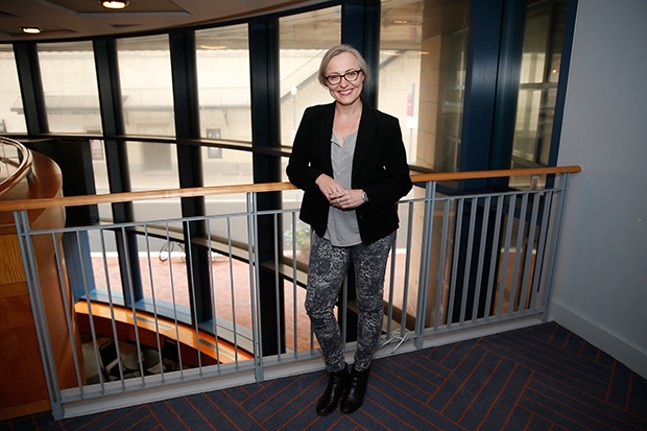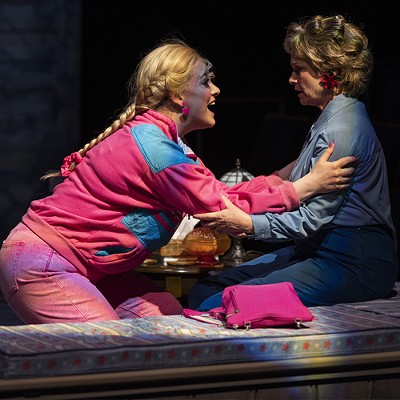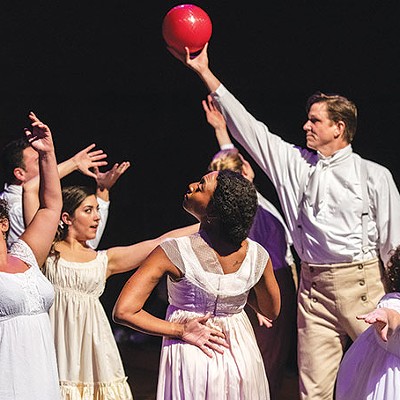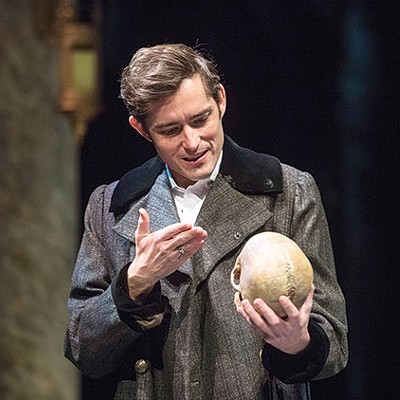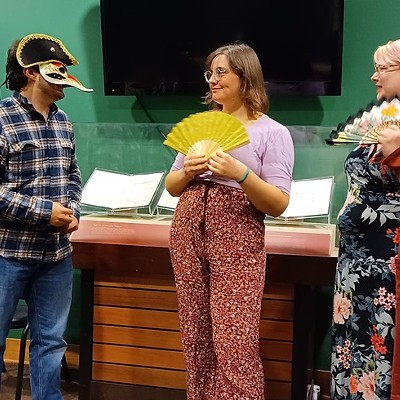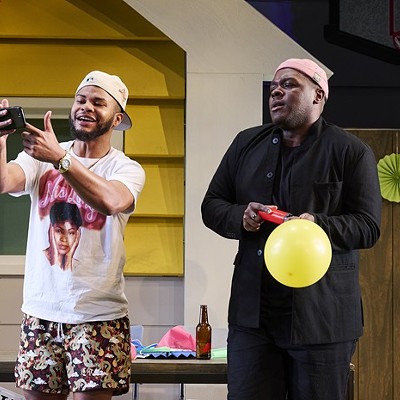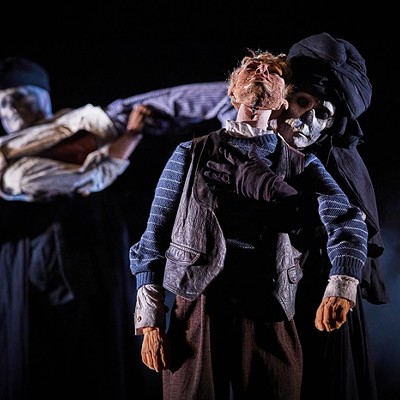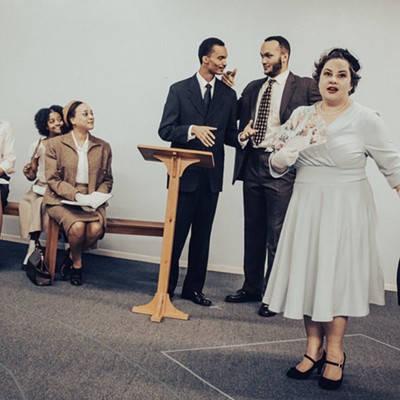Marya Sea Kaminski recently left Seattle to take over as the artistic director of Pittsburgh Public Theater, bringing with her a long and varied resume as a director, writer, and performer. She replaces Ted Pappas, who announced his retirement in 2017 after leading Public Theater through 18 years of creative and financial success. A few weeks into her new role, City Paper caught up with Kaminski to discuss taking over for Pappas, the upcoming season, and her impression of the Pittsburgh theater scene so far.
Did you have any say over the upcoming season?
[Pappas] was so generous. He had secured a couple of titles and he was very interested in Sweat and Doll’s House Part 2 (note: Pappas is also directing this show). But I really got to shape this first season and tried to shape it in such a way that it didn’t feel like an abrupt pivot. We made space for some new voices and new kinds of stories.
For this season, you have Pride and Prejudice, The Tempest, and Marjorie Prime. What can audiences expect?
There’s such a beautiful canvas in the O’Reilly Theater. I find it a very inspirational space. It sort of sparkles when you’re in there. But also, acoustically, it’s very bright and very active. And so, I’ve encouraged each designer and design team this season to think of every show as a site-specific show using the O’Reilly, its architecture, those beautiful corners it has to offer. Just to look at it with fresh eyes, because I think
I know you’ve heard complaints that Pittsburgh theater was too traditional. Have you found that to be true?
It’s funny; I don’t think Pittsburgh theater is too traditional at all. One thing is I have never seen a city so ignited around
There’s always the question of accessibility in theater, either through content or cost. How would you like to attract certain groups, such as younger people or lower income groups?
I’d argue that cost is a barrier, but I actually don’t think cost is the biggest barrier. If [young people] want to see Pride and Prejudice, there’s a way to see Pride and Prejudice through one of our programs, like [student discount program] HOTTIX.
I also think inter-generationally or culturally, one of the biggest barriers in regional theater to me is the sense of elitism. That it’s for some, not all. How do we make people feel welcome and
You said you would like to open the theater to more women artists, artists of color, LGBTQ artists. What are some of the things you’d like to do to make Pittsburgh theater more inclusive?
In my experience so far working in the theater, I think we can create programs, we can give away free tickets, we can extend earnest invitations — but the people actually making the creative decisions, if we’re not inclusive on that level, I don’t think it’s going to work. Who’s the director? Who’s the playwright? Who’s casting? The decisions we make about who we center in those stories and who’s getting to interpret those stories I truly believe is the foundation of being able to answer that question.
I’m really interested in all of the different communities that are represented in Sweat. It’s such a powerful story and a challenging story. The edges around those characters are very real. But it’s a story that can really resonate here. My Tempest is going to be all female. And I’m thinking specifically about single moms in that story. So really starting with the art, and then brainstorming about which communities we can engage with and learn from who can inform our art process.
__
Meet Marya
Thu., Aug. 23. 7:30 p.m. $10. O’Reilly Theater, 621 Penn Avenue, Downtown. ppt.org

